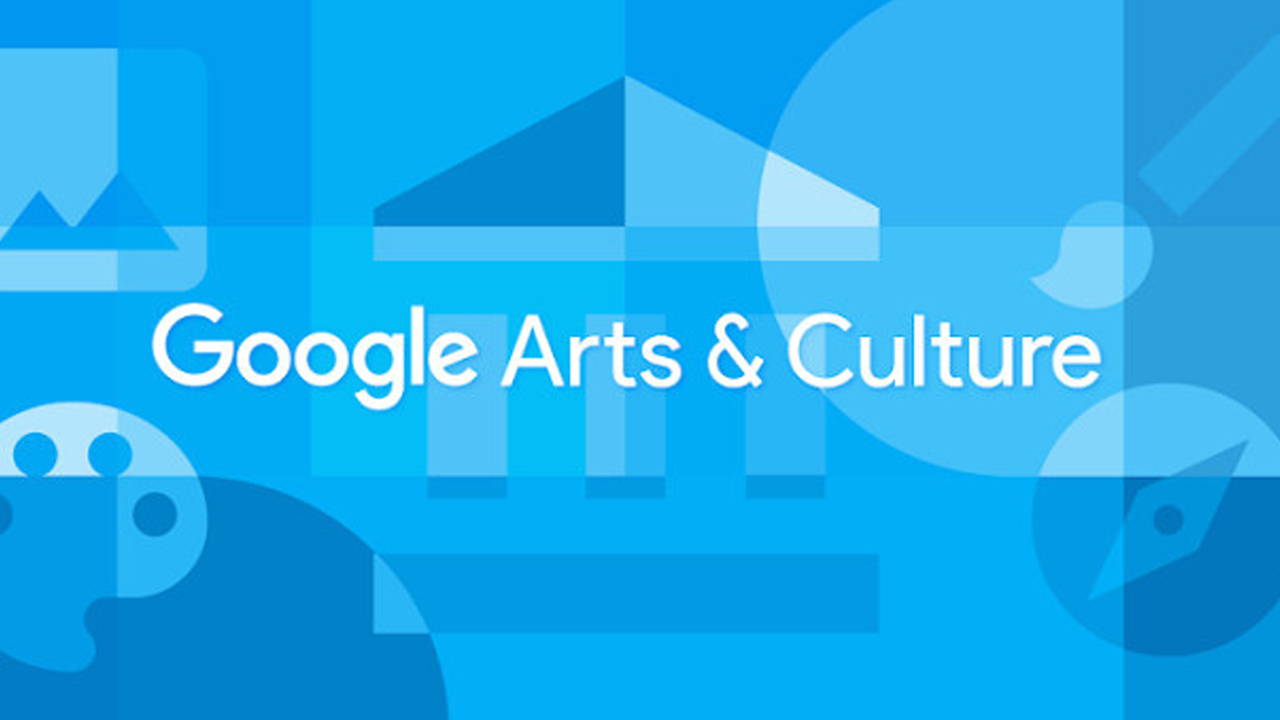This is a follow on from my last post 'Class and Arts Deprivation in the Pandemic', which can be found here.
It can be easy to see arts deprivation as something that can affect everyone. Indeed, in my previous post, I argued that exact thing. But I also argued that in a developed world, arts deprivation can be entirely avoidable, and maybe even be eradicated. And the answer to it, as with most other things on the internet, can be found on Google.
Originally forming in 1998, Google is an absolute behemoth of knowledge. Alongside its sister site YouTube, people can pretty much learn anything by watching and reading tutorials, provided that they have a device, a steady internet connection, and some time on their hands. It is highly recognised as the pinnacle of learning on the internet, especially since the barrier to entry is relatively very low.
That is why when I discovered Google Arts and Culture, my heart soared. Though relatively obscure, it is an all-inclusive platform that does not need high levels of experience to use, housing everything you would ever want to know about the arts all on one site. There are art facts, interactive music games, links to free museum tours, dissections of culture by geographic location, and so much more. I highly recommend exploring the site via the link above if you have a moment (or many hours) to spare. There is so much potential for cultural immersion, especially for those such as school-age children with low levels of digital literacy. It could even benefit those who are older too, since educational licencing is not required to access it.

Open-source sites such as Google Arts and Culture mean that people do not need to travel, purchase tickets, or even pay much money to experience the arts. And when accessing sources of culture is so closely correlated to health (as seen in The Psychologist article mentioned in my previous post), there is an argument to be made that sites like these could make significant demographic changes if implemented into everyday life correctly. People could even develop less serious health conditions and live longer, which is always a bonus!
However, I would be naive if I did not address the fact that sites like these do not help society develop much unless the digital divide is breached as well; having sites that encourage engagement with the arts are all well and good in theory, but fall apart in the execution if people do not have devices or an internet connection to view them with. And though some school-age children do now have access to laptops and internet out of nesseccity for their learning, others have been denied visits to the library or have lost a significant amount of income that would normally go towards funding for laptops and Wifi. The disconnect we are creating between deprived adults and the rest of the world is terrifying and ever-expanding.

The answer lies in public access and information via libraries. They are free, publicly accessible, and more or less every one has computer access. If people knew what they could involve themselves in beyond just books, more people could choose to explore whole worlds at the click of a mouse (because, if we are being totally honest, the idea of reading books does not always appeal to everyone). A public awareness campaign is needed for both library resources and sites like Google Arts and Culture to not only bridge the digital divide but to breathe new life into the arts that is desperately needed at this moment in time. If all went well, I hope that people would have longer, more fulfilling, and more engaged lives. I cannot wait to write about how mass arts engagement has transformed whole populations sometime soon.







Please sign in
If you are a registered user on Laidlaw Scholars Network, please sign in